Ladder DAC
The Kassandra Ref II is a ladder DAC. Typically a ladder DAC uses a resistor network switched by a N number of switches, N being the bit depth. It is a passive sort of speak procedure with no manipulation of the incoming data stream.
It also has no digital filter, and completely avoids the negative sonic aspects created by fitting the common Delta-Sigma or Multibit architecture.
In the case of the Kassandra we choose to use an R2R IC – the classic Analogue Devices AD1865N-K, a much praised chip which we believe is the best sounding IC ever made. The AD1865N-K has a very straight forward data handling logic, and does not process the data stream in any way. This gave us the freedom to fully exploit the IC in our converter system.
The input data is latched and directly refreshes the resistor network, with absolutely no additional complex logic or data handling/processing. This way we have full control over the resistor network to use it as part of our converter system. Our Super Clock circuit directly re-clocks and drives the “refresh” signal, so absolutely no additional jitter is induced in the conversion.
There are no less than 16 R2R converters per channel in the Kassandra Ref II working as parallel switched resistor ladder converters, cancelling the deviation of resistor values down to Zero. Paralleling R2R converters improves linearity and noise figures are improved on the same principles, along with the dynamic range and channel separation. Sonic wise, paralleling converters elevate performance to another level in all aspects significant in high end audio.
Jitter
In the Kassandra Ref II we use many techniques regarding lowering and cancelling jitter, in both passive and active ways. Bouncing signals, overshoots, low rise times etc greatly increase jitter. We solve this by using special driving circuits and carefully tuned digital line terminations for all digital signals.
we use 35 LC filters implemented using RF chokes and high speed capacitors to decouple digital circuits and ICs from the power rails. These are extremely effective in cancelling out any form of PSU sourced jitter and solve this fairly complex problem. Jitter originated in USB and S/PDIF / Toslink sources are eliminated right at the “refresh” signal of the converters.
Having an IC that has no complex data handling logic and no multi stage data logic, the precisely timed signal resolves in a extremely accurate jitter free conversion. In our opinion, this is not possible with any other type of converter system.
The Super Clock is also used upstream for re-clocking the XMOS asynchronous USB controller, as well as the SPDIF receiver. With the internal clock, there is no need for a word clock input.
I/V Stage
The R2R ICs are current output devices. Their impedance is very high and close to an ideal current source. To drive the next stage in the Kassandra, the current must be converted to voltage. Avoiding using sonic degrading Opamps or a simple resistor, we use a specially designed transformer that converts the current differential to a single ended voltage output. The specially designed transformer is an ideal solution, and is second to none in direct comparison to the many alternative I/V methods available.
Gain Stage
Using technology from our world class tube amplifier and preamplifiers, the analog stage in the Kassandra Ref II is a small Single Ended tube amplifier. It is consists of a transformer loaded tube, driven directly by the I/V transformer, and biased with ultra low noise power supplies. The tube used is the best sounding tube from the super tube family of tubes – the E280F. It is triode connected and it’s specific parameters like transconductance, plate impedance and especially linearity and noise are levels above any other small signal tube.
The triode is loaded with a special quality large core step down transformer. The tube power supply is an oversized choke regulated supply, making sure that the tube is up to the task of following the converter’s flashing dynamics. Furthermore, the step-down transformer reduces the output impedance to 40 ohms, with a maximum swing @ full scale of 30V pp sine wave (10V rms).



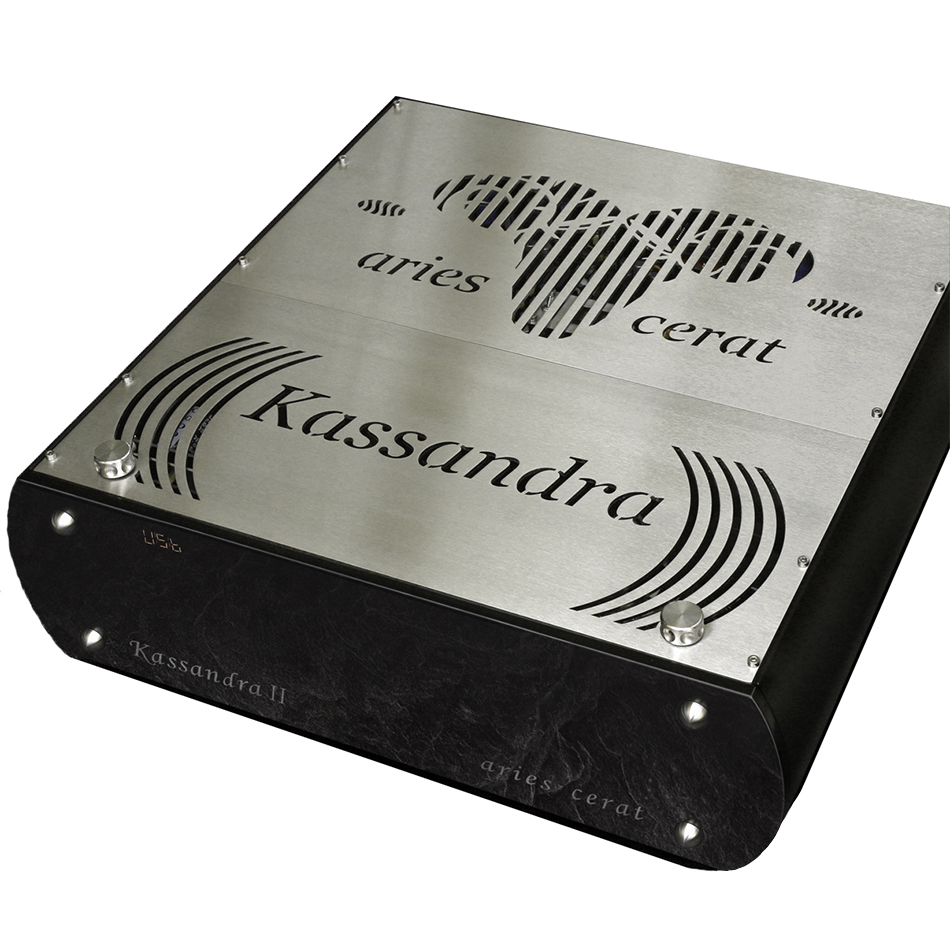
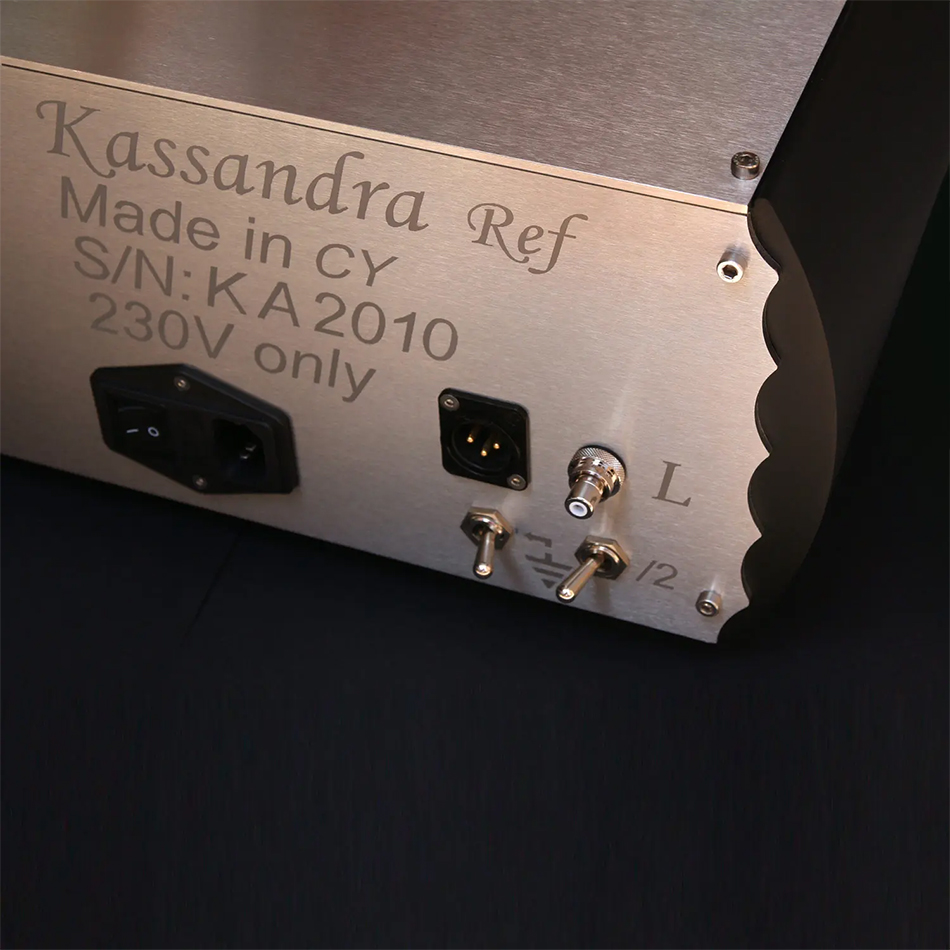
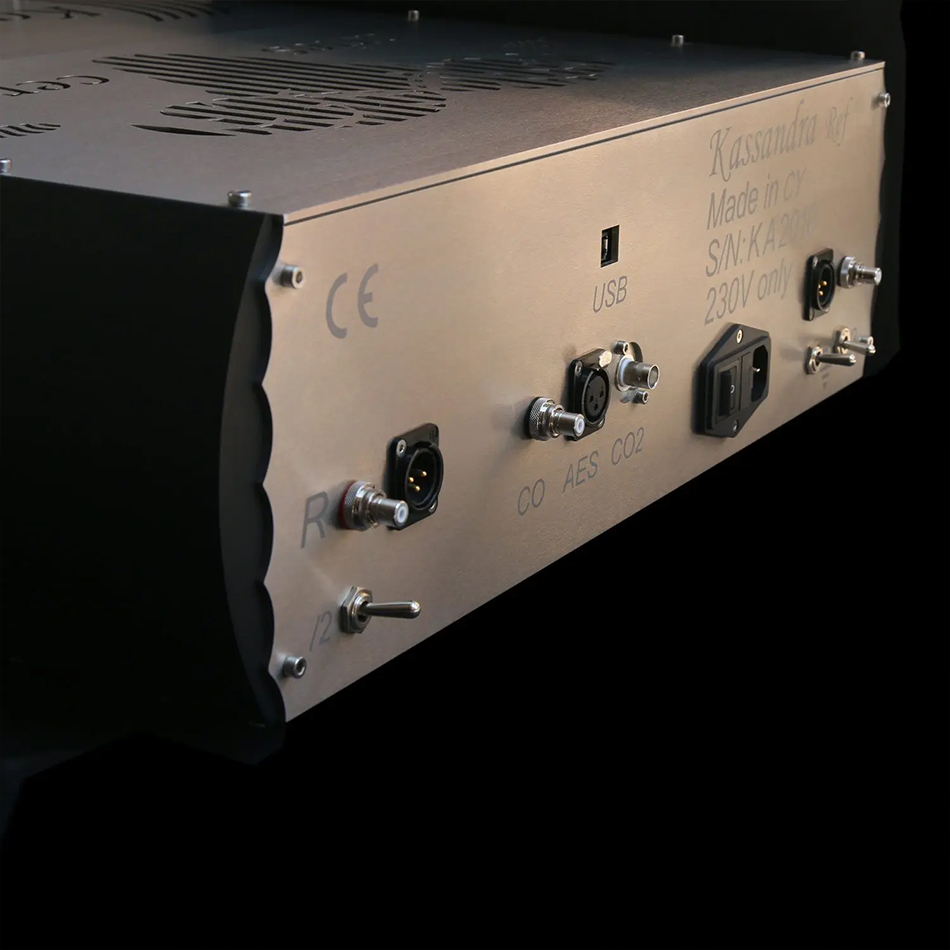
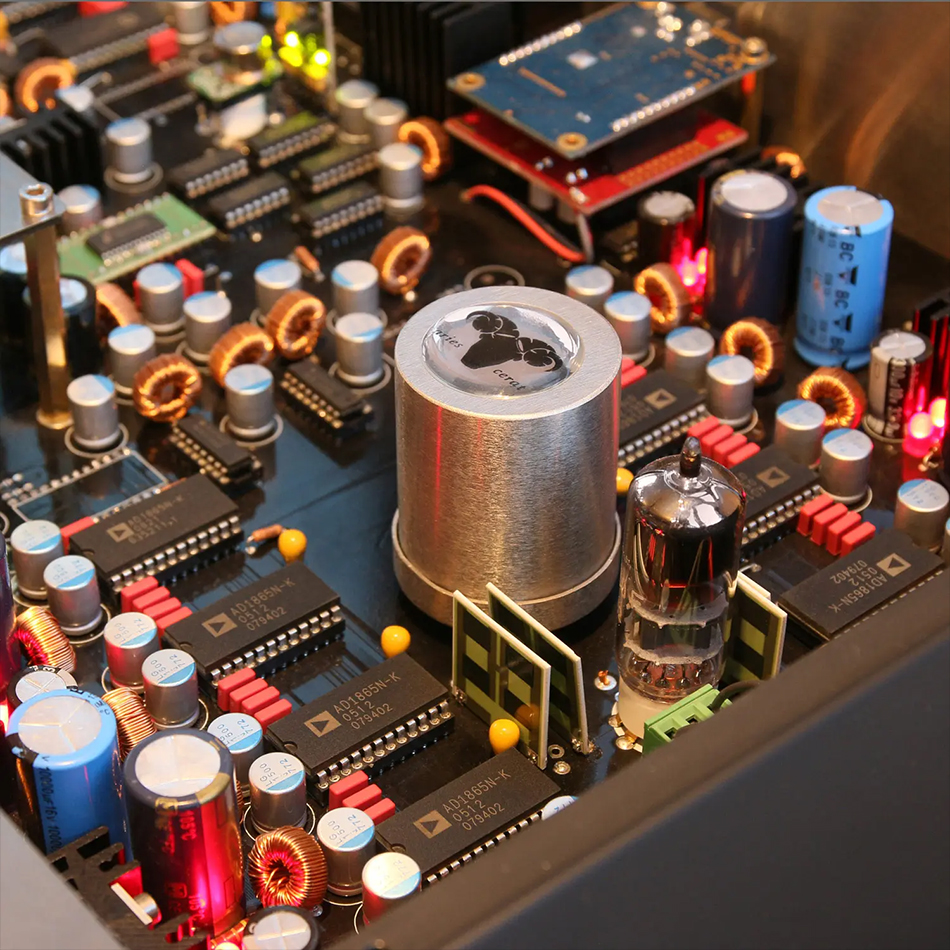
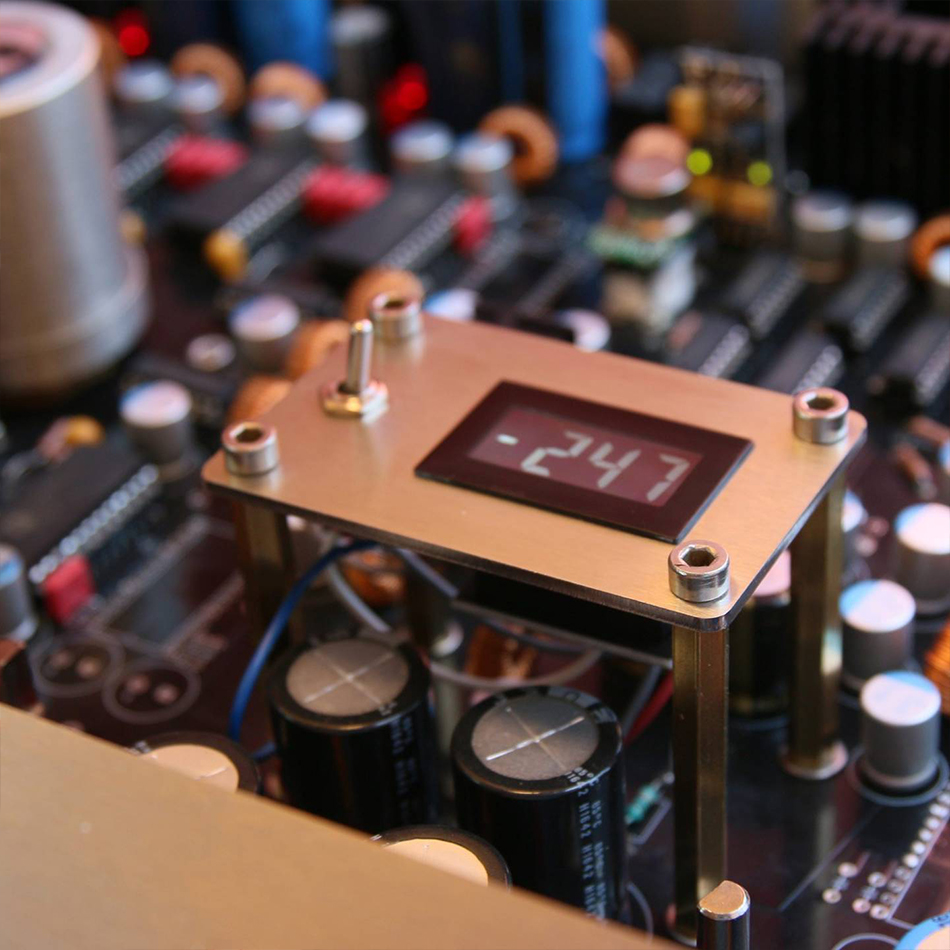
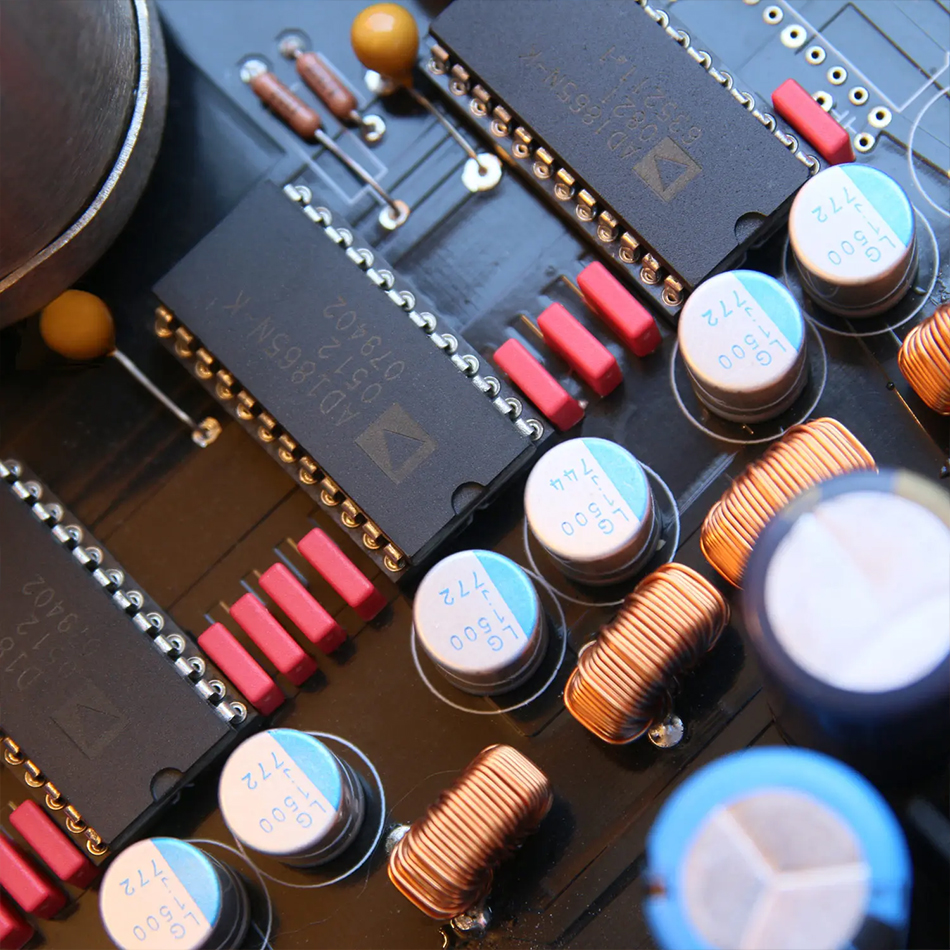
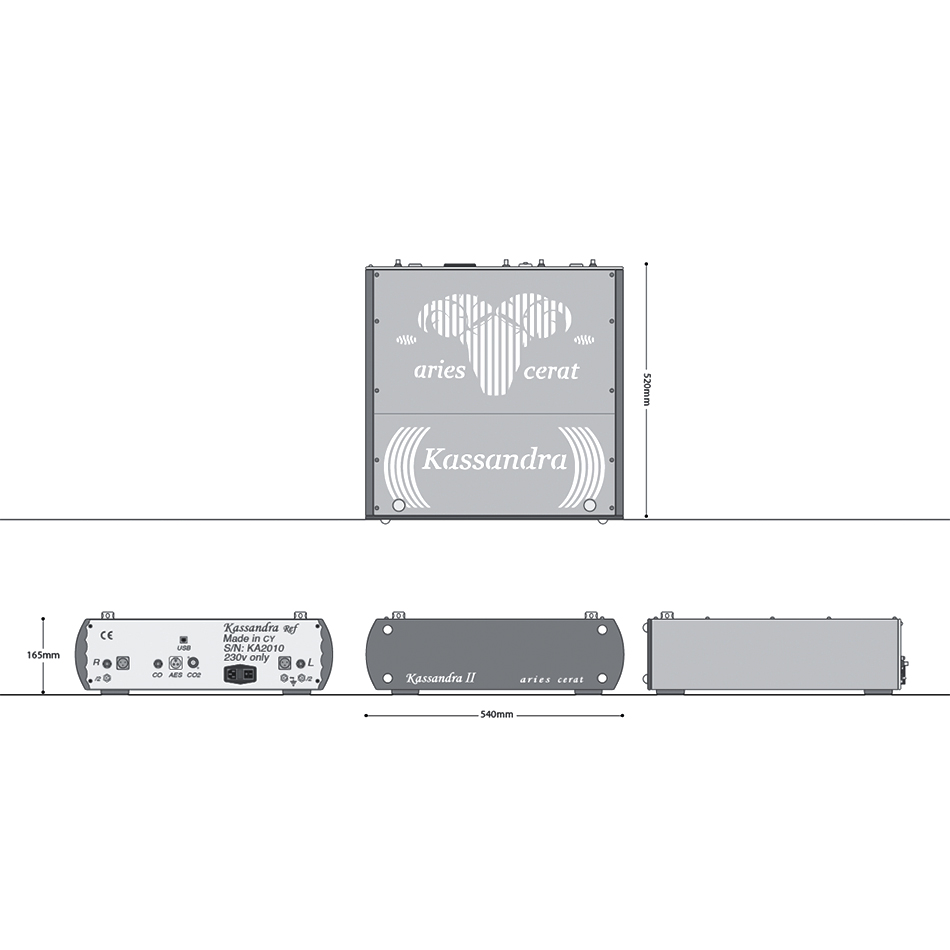

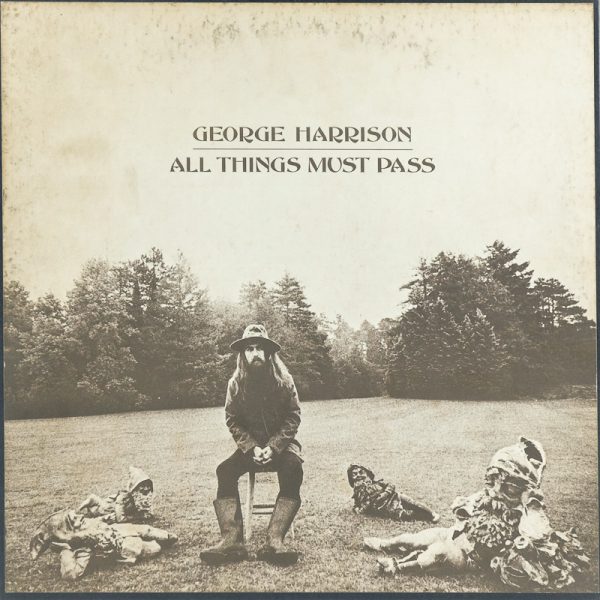










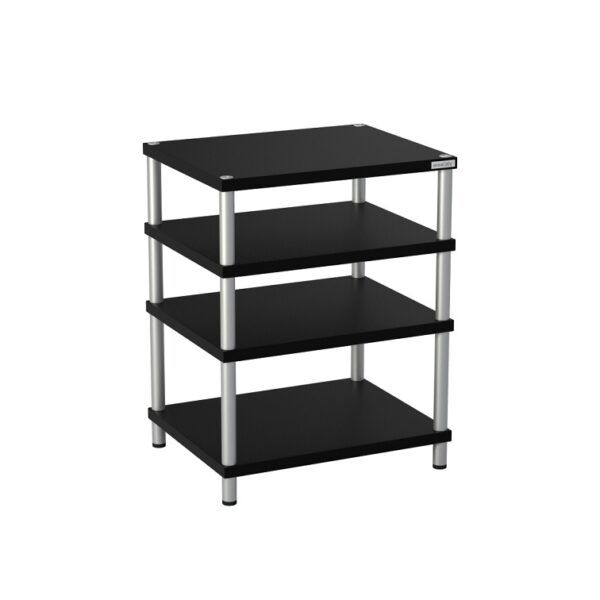

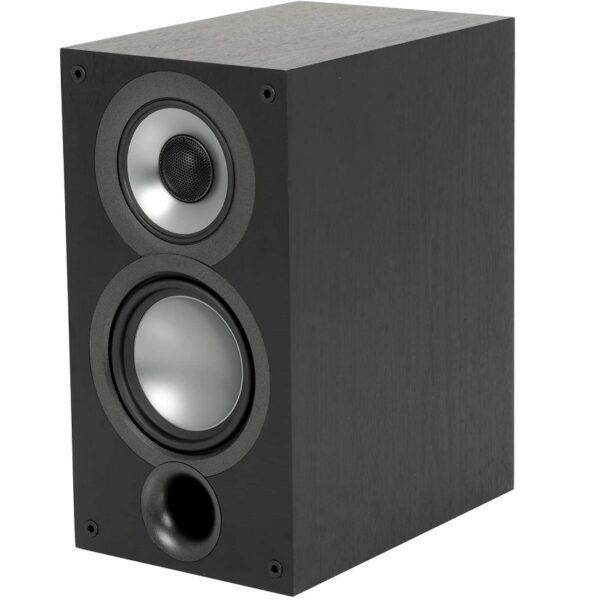
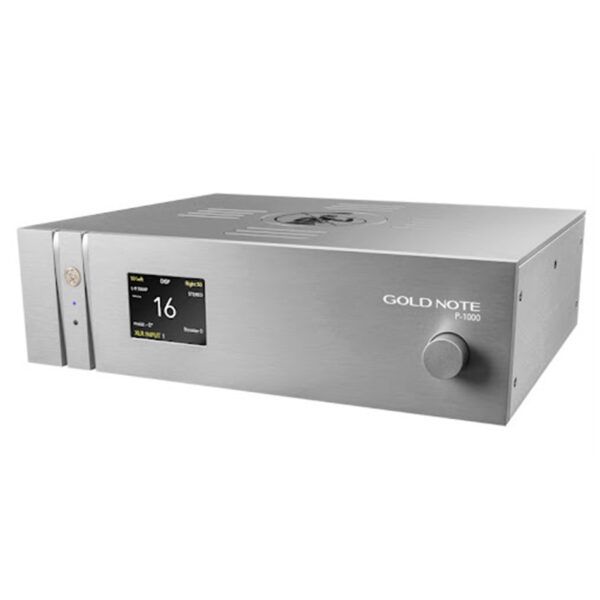
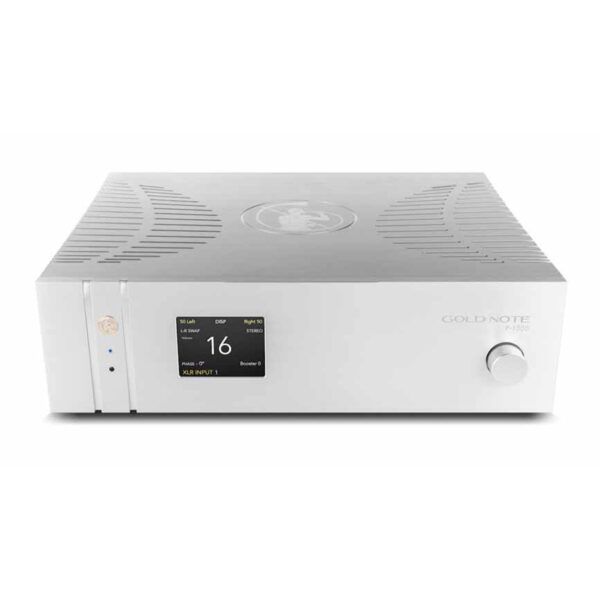

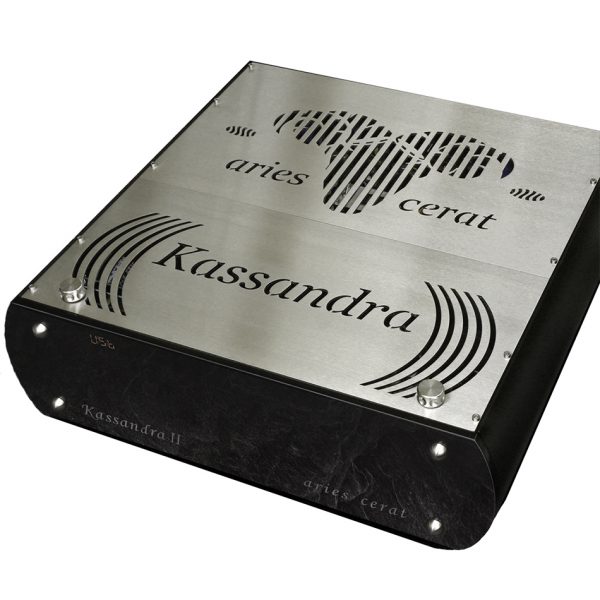
Reviews
There are no reviews yet.